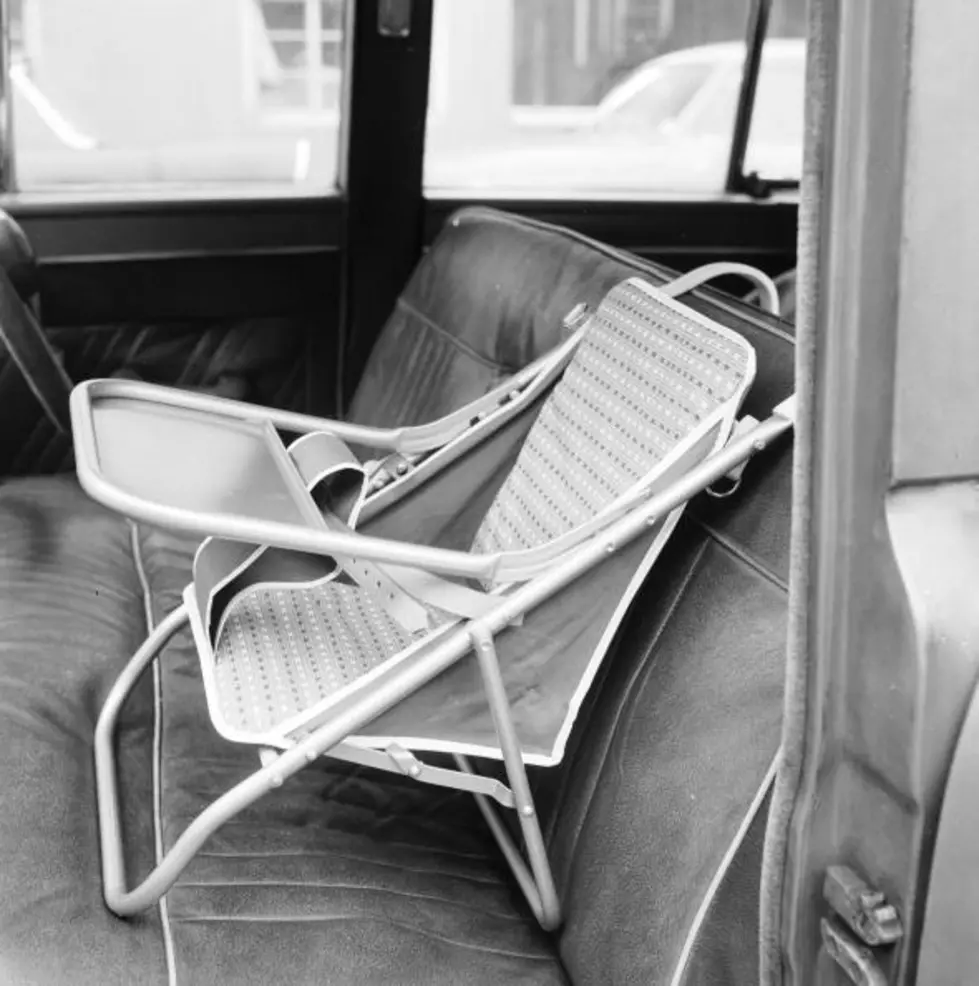
Updated Recommendations on Child Car Seats
Although my parenting career is still in it's early stages (my oldest is 6 & my youngest is 4), I've had the opportunity to enjoy a few milestones, first steps, first teeth, first words, and of course no longer needing diapers. One of my other favorites was the day they were big enough to get out of car seats complete with 5-point harness and graduate to a booster seat. Now when we need to make room for adult passengers in our vehicles, we just lift the booster out of the way. Gone are the days of having to feed the seat belt through the tiny holes in the back of the car seat that for whatever reason seem to be made out of the world's sharpest plastic. No more putting all my weight on the car seat using only one knee as I try to tighten the seat belt to the point where the seat won't shift. I hope that you're at the point in your parenting career as well, but if you're not, there's a chance you may be there a little longer than you had hoped.
On Monday, the American Academy of Pediatrics released updated recommendations on car seats suggesting that children remain in rear facing seats until the age of 2 and booster seats until the age of 8. This is the first update on recommendations since 2002 when they suggested that children ride in a rear facing seat until they reached the limits of the seat, but they also cited 12 months of age and 20 pounds as a minimum requirement for switching the seat to front-facing.
Now if you're like me, your kids may be a bit taller than other kids their age (I'm 6'3" and my wife is 5'10" so are kids are cursed to be tall). The AAP wants you to know that 2 years old is not a set rule.
The ‘age 2’ recommendation is not a deadline, but rather a guideline to help parents decide when to make the transition,” Dr. Durbin said. “Smaller children will benefit from remaining rear-facing longer, while other children may reach the maximum height or weight before 2 years of age.”
Children should transition from a rear-facing seat to a forward-facing seat with a harness, until they reach the maximum weight or height for that seat. Then a booster will make sure the vehicle’s lap-and-shoulder belt fit properly. The shoulder belt should lie across the middle of the chest and shoulder, not near the neck or face. The lap belt should fit low and snug on the hips and upper thighs, not across the belly. Most children will need a booster seat until they have reached 4 feet 9 inches tall and are between 8 and 12 years old.
Regardless of the recommendations, I fully expect to see some idiot driving down the Lloyd with a child in their lap and a cigarette in their hand. If you're a responsible parent, you're the best judge of when your child is ready for a different seat. A good rule of thumb would be if you're baby's knees are touching it's forehead, it's probably time to turn the seat around. But I'm not an expert, just a parent.
(Source: AAP.org)
More From WDKS-FM









